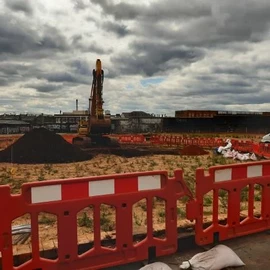As the UK's leading provider of testing, inspection and compliance services, we aim to keep our clients up-to-date with the latest industry hot topics and changes in legislation that can affect them in their daily work.
Discover the latest Regulatory Changes below
News

ESOS Action Plan Update Reminder
Read +

Street Works Protocol: Everything You Need to Know Before the Deadline
Read +

Preparing for 'Simpler Recycling' Legislation: Effective Waste Management Solutions
Read +

FAQs: PCB Oil Testing, Registration and Disposal for the December 2025 Deadline
Read +

Updated BDA Guidance for Working on Potentially Contaminated Sites
Read +

ESOS Phase 3 Update: Comply by 5 June - Rule Changes
Read +

The Fire Safety (England) Regulations 2022 - What you need to know
Read +


